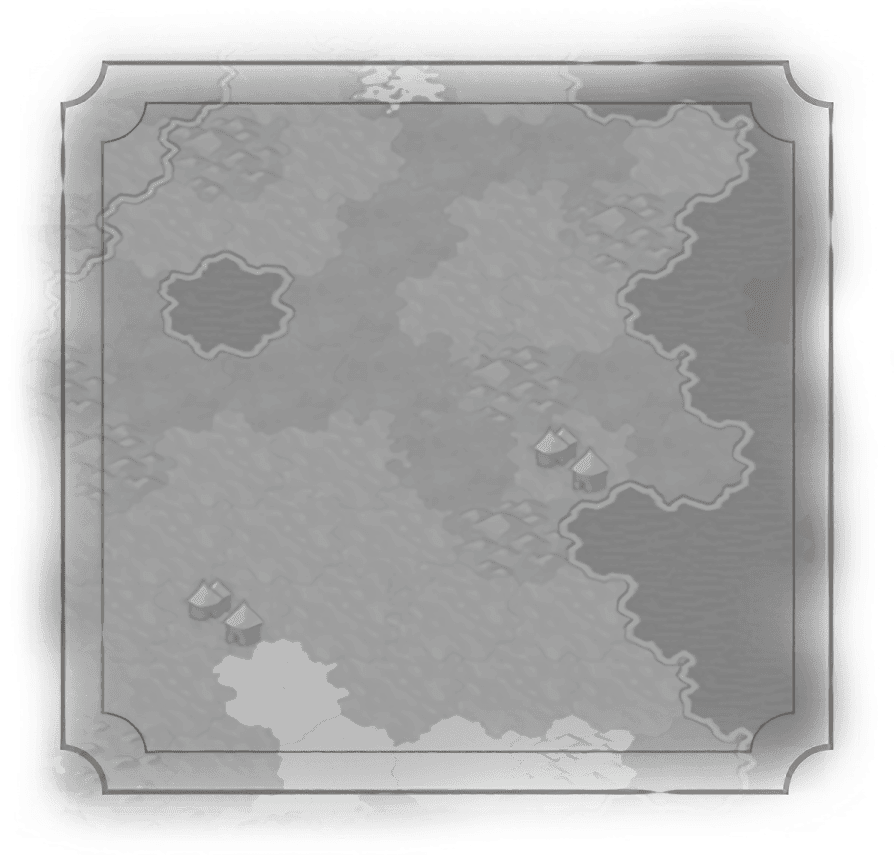Cultural
Militaristic
Religious
Scientific
Trade


Industrial City-State
1  Envoy: +2
Envoy: +2  Production in the
Production in the  Capital when producing wonders, buildings, and districts.
Capital when producing wonders, buildings, and districts.
3  Envoys: +2
Envoys: +2  Production in every city with a Workshop building when producing wonders, buildings, and districts.
Production in every city with a Workshop building when producing wonders, buildings, and districts.
6  Envoys: +2
Envoys: +2  Production in every city with a Factory building when producing wonders, buildings, and districts.
Production in every city with a Factory building when producing wonders, buildings, and districts.
Cardiff Suzerain Bonus
Cities receive +2  Power for every Harbor building.
Power for every Harbor building.
Romans built a small fort at a ford in the River Taff, on the road between Gloucester and Carmarthen near where the Taff empties into the Severn River and the Bristol Channel. The Welsh name for the city, Caer-Taff, literally means “the Castle on the River Taff.” Norman lords occupied the site of the Roman fort, and a stone keep dating from 1150 is still preserved in the city. A prosperous walled city grew up around the castles, both expanding as land and port trade increased through the middle ages.
Cardiff's history is linked with the Industrial Revolution in England. The development of iron and coal mines at the end of the 18th Century led to expansion of the Cardiff port, as coal was brought down the mountains and loaded onto ships. The railways craze of the 19th Century brought railroads, and steelmaking and manufacturing businesses took advantage of the proximity of both iron and coal. Workers flooded into the city from Wales, England, and Ireland. The port continued to grow and expand, and by 1913 Cardiff was the largest coal port in the world, supplying customers around the world.
John Chrichton-Stuart, Marquess of Bute is probably the person most responsible for the industrialization of Cardiff. As the landholder of Cardiff Castle, he used a combination of talent for planning and brutal medieval law to develop and promote trade through the Cardiff docks and away from those of his nearby rivals. He was also frankly opposed to worker organization, and the 19th century history of the region is replete with labor crises and conflicts.
The Cardiff coal industry peaked during World War I, and began a precipitous decline afterwards. Manufacturing continued to decline through the twentieth century, although the city was becoming a more important center of political administration for Wales. In 1955, Cardiff was recognized as the capital of Wales. In recent years, the city has continued to reinvent itself, find new domains for manufacturing and engineering industries, and even has a robust film and television industry. Cardiff may no longer be famous for its coal, but rather the adventures of a quirky, time-travelling doctor from a distant planet.

City-State Type

City-State Type
Industrial City-State
1  Envoy: +2
Envoy: +2  Production in the
Production in the  Capital when producing wonders, buildings, and districts.
Capital when producing wonders, buildings, and districts.
3  Envoys: +2
Envoys: +2  Production in every city with a Workshop building when producing wonders, buildings, and districts.
Production in every city with a Workshop building when producing wonders, buildings, and districts.
6  Envoys: +2
Envoys: +2  Production in every city with a Factory building when producing wonders, buildings, and districts.
Production in every city with a Factory building when producing wonders, buildings, and districts.
Cardiff Suzerain Bonus
Cities receive +2  Power for every Harbor building.
Power for every Harbor building.
Romans built a small fort at a ford in the River Taff, on the road between Gloucester and Carmarthen near where the Taff empties into the Severn River and the Bristol Channel. The Welsh name for the city, Caer-Taff, literally means “the Castle on the River Taff.” Norman lords occupied the site of the Roman fort, and a stone keep dating from 1150 is still preserved in the city. A prosperous walled city grew up around the castles, both expanding as land and port trade increased through the middle ages.
Cardiff's history is linked with the Industrial Revolution in England. The development of iron and coal mines at the end of the 18th Century led to expansion of the Cardiff port, as coal was brought down the mountains and loaded onto ships. The railways craze of the 19th Century brought railroads, and steelmaking and manufacturing businesses took advantage of the proximity of both iron and coal. Workers flooded into the city from Wales, England, and Ireland. The port continued to grow and expand, and by 1913 Cardiff was the largest coal port in the world, supplying customers around the world.
John Chrichton-Stuart, Marquess of Bute is probably the person most responsible for the industrialization of Cardiff. As the landholder of Cardiff Castle, he used a combination of talent for planning and brutal medieval law to develop and promote trade through the Cardiff docks and away from those of his nearby rivals. He was also frankly opposed to worker organization, and the 19th century history of the region is replete with labor crises and conflicts.
The Cardiff coal industry peaked during World War I, and began a precipitous decline afterwards. Manufacturing continued to decline through the twentieth century, although the city was becoming a more important center of political administration for Wales. In 1955, Cardiff was recognized as the capital of Wales. In recent years, the city has continued to reinvent itself, find new domains for manufacturing and engineering industries, and even has a robust film and television industry. Cardiff may no longer be famous for its coal, but rather the adventures of a quirky, time-travelling doctor from a distant planet.



